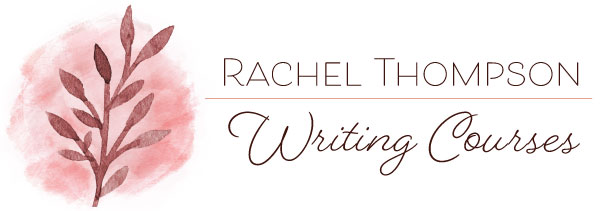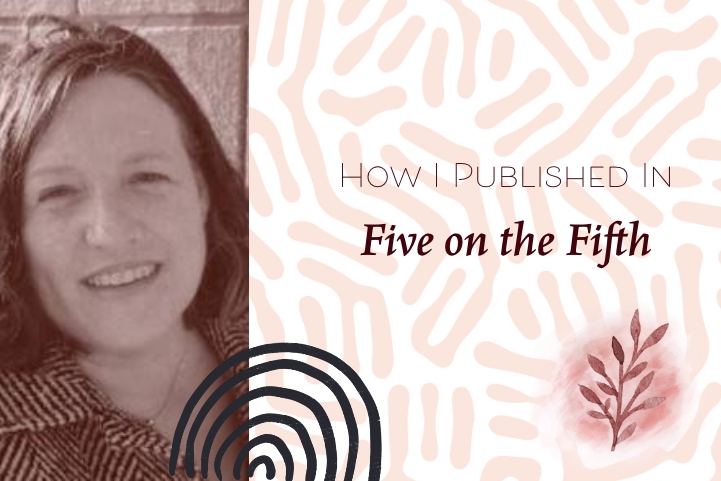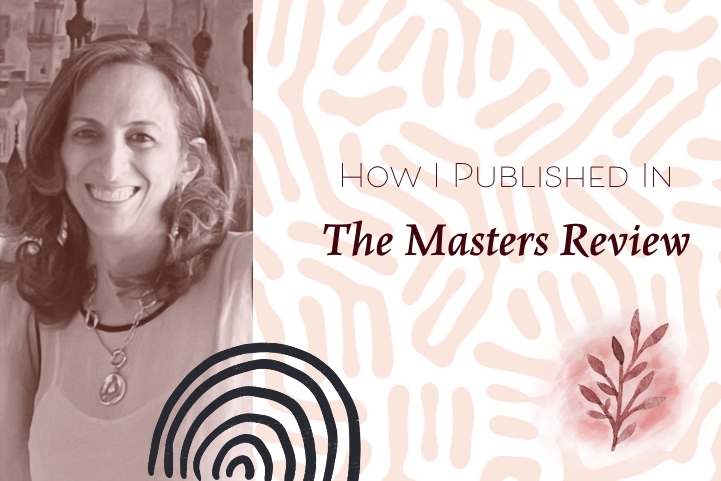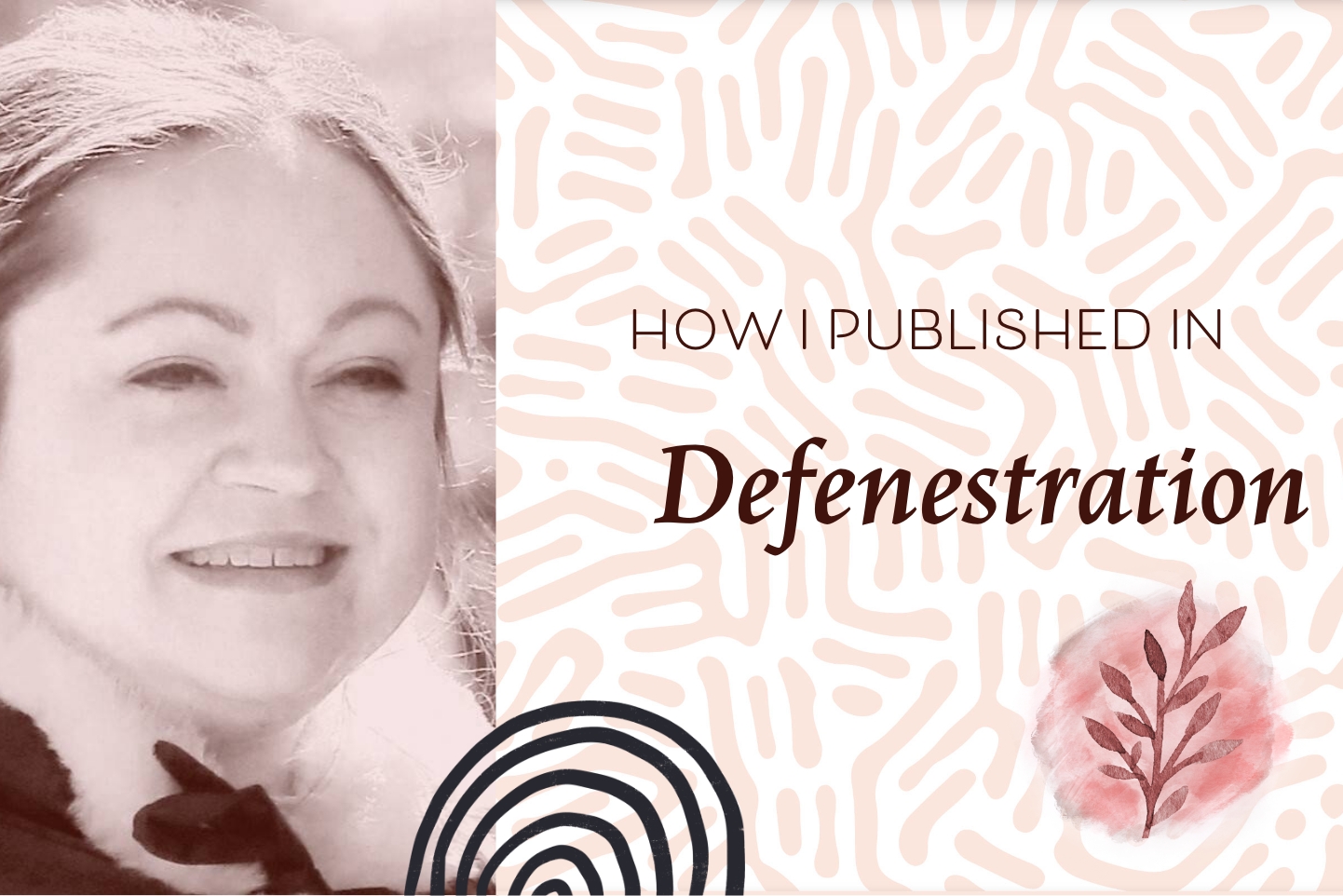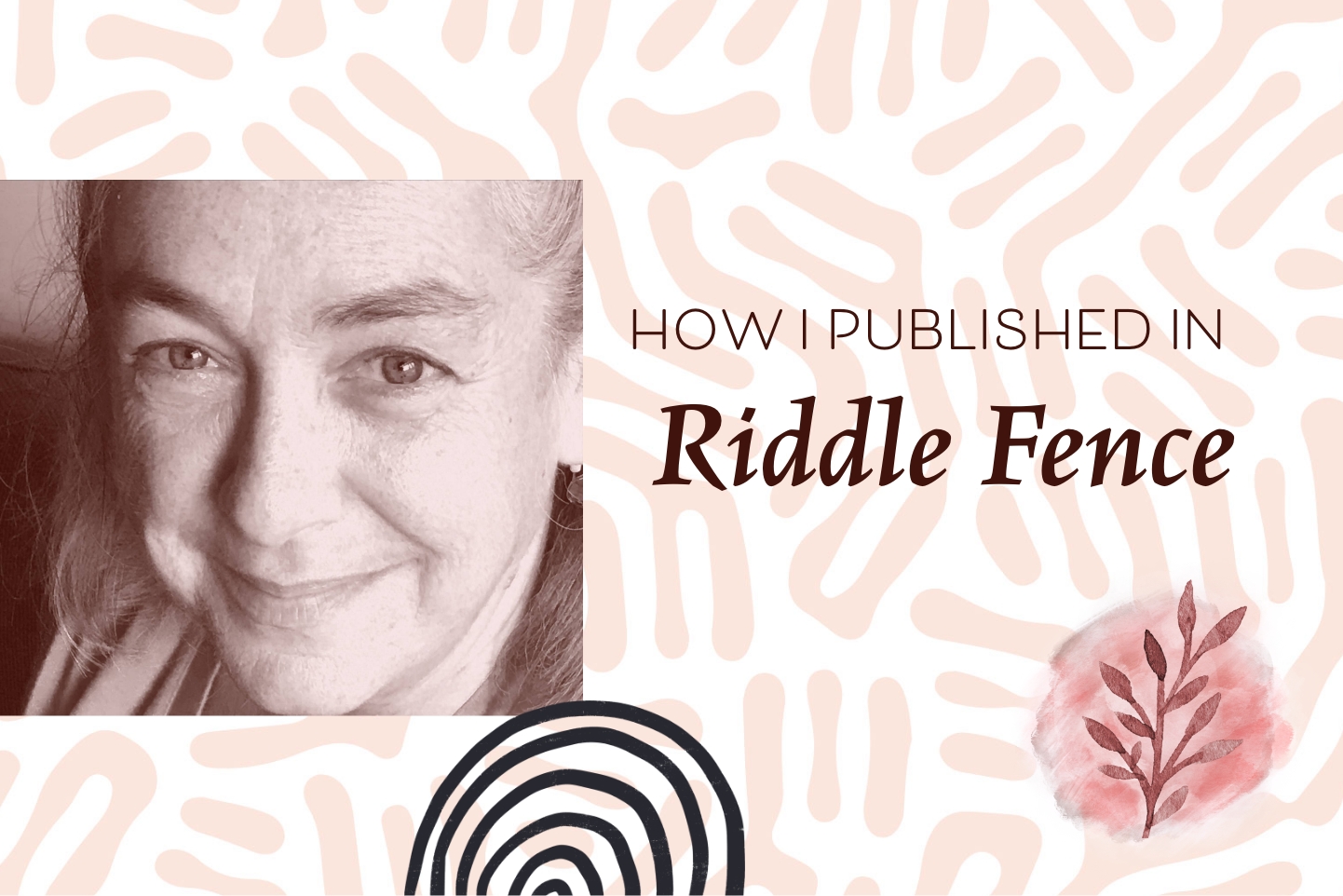By Candace Webb
“The Swimming Hole” was at least four years old when I started submitting it. It started as a flash fiction piece centred on a setting I loved, the covered bridge in Wakefield, Quebec. After between 10 and 20 revisions and two or three rounds of feedback, it became the 2,800-word story it is now. I guess it didn’t want to be flash! I submitted the story to the five places described below. The story became my first fiction publication, and I couldn’t be happier.
Before “The Swimming Hole,” I had submitted three or four pieces without any luck. I’d been writing on and off for years, but around 2019, I decided to try publishing some of my stories. I found Rachel Thompson through Traci Skuce’s “Write Your First (or Next!) Book Summit” in 2020. I explored Rachel’s website and started listening to her podcast Write, Publish, & Shine, where I heard about Lit Mag Love. Immediately, I put myself on the waiting list for the forthcoming session. In 2021, I took the course, which gave me a better idea of how to approach submissions.
In December 2021, I started submitting “The Swimming Hole.” For this piece, I determined I would start with lit mags with shorter turnaround times to gauge the response to the piece before sending it out more widely. I used Duotrope’s search function to narrow the markets to those with acceptance rates of 10–30% (by reading widely, I’d realized my piece was similar in quality to pieces in magazines within this range of acceptance rates). Then I read some more stories from the magazines that seemed interesting. If a magazine had work with tons of spelling and grammatical errors in it, I struck it from the list. I wanted to increase my chances of getting my first fiction acceptance, but I still wanted to be published in a quality magazine.
I narrowed the magazines down to five: Atticus Review, Maudlin House, Heavy Feather Review, Five on the Fifth, and Driftwood’s in-house short story contest because I liked the stories in these magazines. Because their turnaround time was short, I first sent the story to Atticus Review and waited for their reply before sending the piece out to the other magazines. Within a month, “The Swimming Hole” was rejected by Atticus Review, so in January 2022, I sent it out to the other four magazines on my list.
First, I sent the piece to Maudlin House and Heavy Feather Review. Maudlin House sent a form rejection, but I received a personal rejection from Heavy Feather Review. I was getting warmer. Then I sent the piece out to Five on the Fifth and Driftwood. After 12 days, I received an acceptance by Five on the Fifth!
I like the format of Five on the Fifth—they publish five stories on the fifth of each month. Because they only publish a small number of stories, I knew my story wouldn’t be buried in the issue. I love that they commission cover art for each issue, even though they are an online-only publication. Working with the editors was easy. They accepted my piece with a lovely note, and the following month, the story was published without changes.
I’ve learned so much about submitting work since I started when I made a list of magazines where stories from The Best American Short Stories series had been published. These were magazines like Black Warrior Review, Barrelhouse, and The Threepenny Review. Looking back, I can say my craft wasn’t developed enough in my pieces to be published in those magazines. It still isn’t where I’d like it to be, so I’m working on it and improving with each new piece I write. I also wasn’t aware of Duotrope when I started sending pieces out, so I had no idea how low their acceptance rates were.
I learned from Lit Mag Love that it’s important to be strategic and have a goal for your submissions. And taking the time to polish a piece until you can’t improve it anymore is worth it. It’s tempting to submit early to “just to see what happens,” but I think it’s worth making sure it’s the best it can be before sending it out. I’ve learned to be patient and take my time, even though it’s sometimes hard. Maybe paradoxically, I’ve learned that it’s the writing process that matters most. Focusing on that takes the pressure off, and if I’m not enjoying the writing or doing work that’s meaningful to me, publication isn’t going to fix that.
In terms of my writing, I’ve learned that I’m a bit quirky and that my voice isn’t what I once imagined and wanted it to be. But I need to accept that my voice is my voice, and I can’t try to squeeze myself into someone else’s mouth. When I realized I had to work harder at plot and character development, I thought I wasn’t a natural storyteller. Now I remind myself I’m building those craft skills, and I focus on my strengths, such as working at the word and sentence level.
Lots of good wine or chocolate always helps with rejections from lit mags! But seriously, self-care and community are so important. One thing that helped me when I was getting rejection after rejection was hearing other people’s stories about submitting, including acceptances and rejections. The acceptances made me feel like it was possible to publish, and the rejections made me feel less alone. In the Writerly Love community, Lyndall Cain started a Sink or Submit game. Whenever we hit 10 submissions and rejections, we get a treat. That has motivated me to submit regularly. So far, I’ve earned a few treats.
I like to hike, so when I need to process tough emotions, that’s one of the things I do. Being in the forest is calming. And new ideas come when I’m moving my body!
Other places I’ve submitted my work are:
The New Quarterly: I heard the editor, Pamela Mulloy, speak at the virtual Wild Writers’ Festival. I liked what she said about them establishing a relationship with an author from their first submission and that she talked about the importance of literary citizenship. The writing in the magazine is fantastic as well.
Smokelong Quarterly (maybe I have a thing for quarterlies?): They showcase amazing flash fiction, and I loved a story by Gwen E. Kirby called “Shit Cassandra Saw That She Didn’t Tell the Trojans Because At That Point Fuck Them Anyway.” This one is my dream journal for flash fiction.
Fractured Lit: This literary magazine also publishes flash fiction, but they separate it into two categories: flash (400–1000 words) and micro (<400 words). I like that they publish emerging and established authors, and they have fun-themed contests, like the “Ghost, Fable, and Fairy Tale” prize. I love reading and writing fractured fairy tales, so I aspire to have a piece in their magazine one day.
Candace Webb (she/her) writes fiction and creative non-fiction. Born in Canada on the traditional territory of the Anishinaabeg, Haudenosaunee, Attiwonderonk, and Mississaugas of the Credit First Nation peoples, she currently lives in Belmont, MA, on the traditional territory of the Massachusetts and Pawtucket peoples with her husband, two children, and two cats. Her human companions are tame; her cats are not. You can find her fiction in Five on the Fifth and her creative non-fiction in Emerge Literary Journal. She is sometimes on Instagram @cweedwrites. Her website is candacewebbauthor.com
